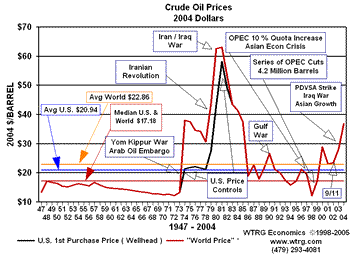When Europeans come to America or Canada for a visit, they should drive or take the train from place to place, rather than fly. That way, you can get a notion of geographic scale that is just unknown in Europe.tubeast wrote:WOW. People drive 30000 MILES a year. Others accept to be on the road for hours to get to their band practice (think of the practise potential in that). No, nothing to whine about.
Except for the eastern third of the U.S., most of the development of cities occurred after the widespread availability of the automobile. And even in the eastern third, I can only change "most" to "much".
Studies have shown that when income reaches the point where common people can buy a car, they will do so even if the traffic is unworkable. Any Asian boom city demonstrates the point. It's later in the development cycle when people start to want to care for their history and quality of life when they decide to live in places where they can avoid using a car.
In Europe, cities did much of their developing after trains but before cars, so cities there are based more effectively on trains and mass transit. It also means that people there are trained through the generations to enjoy close quarters with their neighbors.
Many Americans are not so trained, and prefer space and a more indpendent lifestyle. I live in what was once a town that sported two mills, a post office, and a school. It was a convenient four miles to the nearest big town of Waterford, Virginia, which sported a crossroads, two mills, two schools (one run by Quakers), and row houses in addition to the detached houses (think logs and stones and you'll have the right picture in your head). Waterford is seven miles from Leesburg, the county seat. Seven miles was the standard spacing for towns with services when common folk had only their feet, because that was a reasonable walking distance in a day. In San Antonio, the five missions that were built in the first half of the 18th century were spread over about six miles--just a little over a mile apart--but serviceable by the same fort which was within walking distance of all of them.
Where horses were owned by commoners, towns were built farther apart. Where cars are everyday items, towns are farther apart still. The nearest towns around the original Houston were typically 15 miles apart in the 19th Century and 25 miles apart in the 20th. There were no towns to speak of before that.
Since Ancient Rome, cities have developed to a maximum comfortable commuting time of 45 minutes. As the commute time exceeds that, employment centers move out to where the people can live. I have a 40-minute commute from a rural area beyond the suburbs to a suburban area office.
So, it should come as no surprise that for many major U.S. cities, development found the balance between independent living, real estate affordability, and commuting speed.
When I was a member of the RVW Society, I recall the entire club meeting for lunch. That could only happen in England. The club secretary asked me why we didn't do that, and I told him that it was a two or three-day drive from my central location (Dallas, at the time) to many coastal cities in the U.S. That's a LONG lunch meeting! He was astounded, having grown up where you can take the sleeper train from any European city to any other European city in one night.
Rick "sympathetic to the Navajo Nation, whose members think it is crowded if they can see their neighbors--in a place with nearly no trees" Denney








